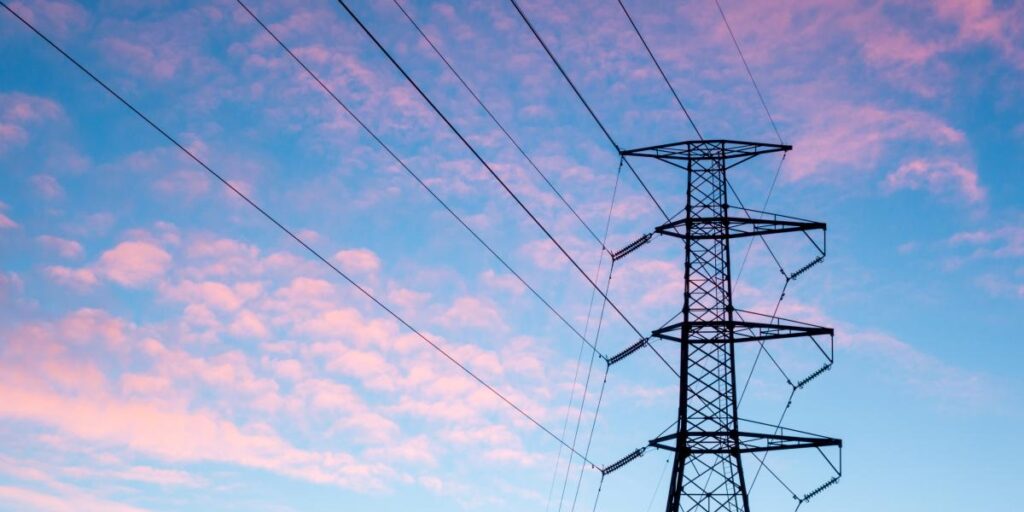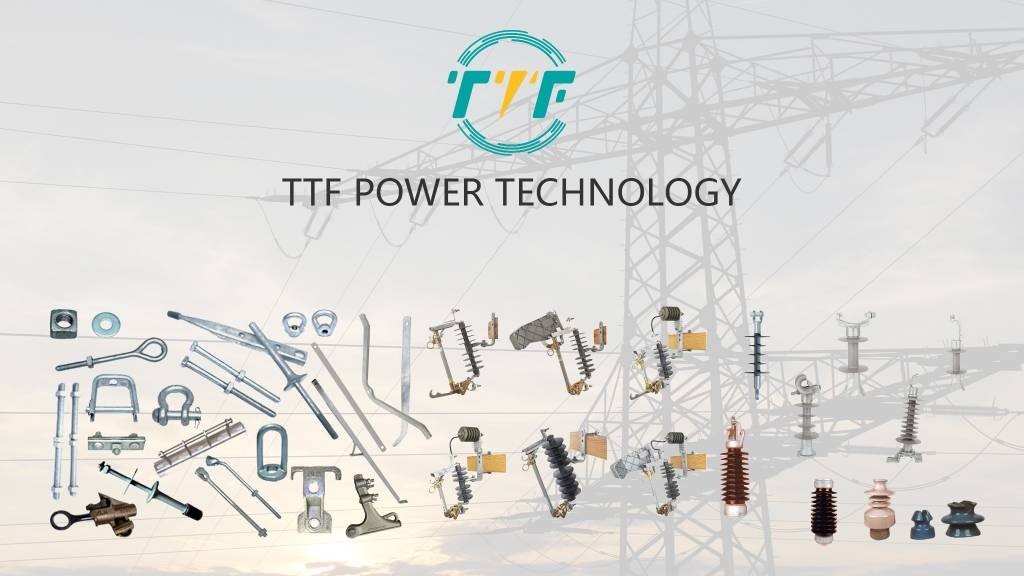
South America’s shift from fossil fuels will need major investment in a variety of areas. This consists of grid upgrading, vehicle electrification, renewable energy, and green hydrogen. Investments open up huge possibilities in South America’s energy infrastructure sector. Investments assist emerging economies and rising energy consumption. The majority of regional investments are going into renewable energy. This includes support for renewables such as wind turbines and large-scale solar farms. This can help South America shift to a greener, lower-carbon energy future. Discover the aspects to consider while making investments, as well as the function of line construction hardware in energy sustainability.
Line construction hardware is critical to the creation and maintenance of energy infrastructure. They support renewable energy projects and grid upgrade activities. The type of line construction hardware used depends on the requirements of the application. Before selecting hardware, examine the voltage level, line arrangement, and environmental factors. This hardware supports South America’s energy sustainability by promoting renewable energy integration, boosting grid dependability, and expanding rural electrification opportunities. Meanwhile, improvements in South America’s energy infrastructure offer potential for decarbonization. Let’s look at the policies, efforts, and issues that investors face in the region.
When investing in South America’s energy infrastructure, consider the following factors.
Several factors can influence investment prospects in South America’s energy infrastructure. It is critical to examine these aspects to achieve long-term success and profitability. South America offers prospects for investment in sectors such as renewable energy and grid upgrades. Additionally, investors should use a strategic strategy that is consistent with local policies. This will set them up for long-term success in South America. Line construction hardware lowers the need for frequent maintenance and replacement. This helps to lower operational costs. The following factors should be considered while investing in South America’s energy infrastructure.

- Political and regulatory environment – political stability varies across the region. The investors need to assess the political risk in South American countries. Government stability ensures predictable regulations and investment protections. It is important to consider policies and incentives on energy development, renewable energy targets, subsidies, and tax incentives. For instance, Chile has a strong renewable energy framework. Argentina has launched measures to attract investments in wind and solar power.
- Economic conditions – investors should consider evading investments in countries with relatively stable currencies. Further, it is important to consider the availability of local and international financing for infrastructure projects.
- Energy demand and growth – growing demand drives investment opportunities in both renewable and non-renewable energy infrastructures. Countries like Brazil and Colombia have large and growing populations. This presents demand for electricity and therefore investments.
- Grid modernization – investments in grid upgrades, smart grid technology, and energy-efficient transmission systems help reduce energy losses and improve reliability. Additionally, cross-border energy trading provides opportunities for improved energy security. Investors should consider countries like Brazil, Paraguay, and Uruguay. These countriesare emerging in cross-border energy trading.
- Partnerships and public-private collaborations – many South American countries are leveraging public-private partnerships to finance energy infrastructure. Countries like Brazil, Colombia, and Chile have strong PPP frameworks. They reduce risks by sharing the financial burden with the government.
The importance of line construction hardware in energy sustainability
Because of the increased emphasis on renewable energy sources, high-quality construction accessories is essential. Line construction hardware facilitates the efficient and dependable transmission of power. It also improves grid dependability, increases rural electrification, and facilitates smart grid improvements. Line construction hardware plays an important role in fulfilling South America’s energy sustainability goals. The following are the roles of line construction hardware that help to sustain energy in the region.

- Supporting renewable energy integration – the hardware is vital in transporting electricity generated from renewable energy sources. For instance, wind farms in Patagonia or solar farms in the Atacama Desert need reliable transmission lines.
- Improving grid resilience – high-quality line construction hardware ensures power transmission is resilient to extreme weather conditions. They also help reduce energy losses during transmission to ensure it reaches consumers.
- Facilitating smart grid development – modern line construction hardware is compatible with smart grid technologies. This enables real-time monitoring, fault detection, and automated responses to power disruptions.
- Lowering operational and maintenance costs – the hardware reduces the need for frequent repairs and replacements. Investing in durable infrastructure ensures the sustainability of energy projects.
